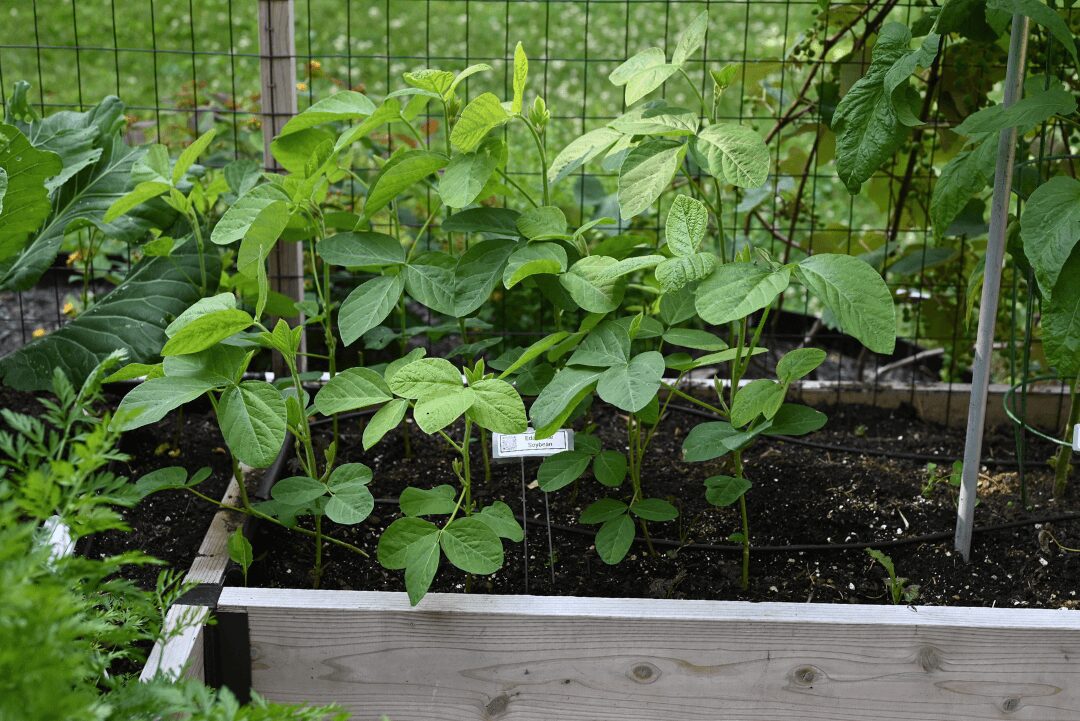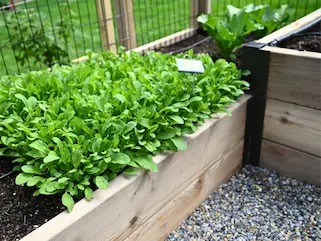[et_pb_section fb_built=”1″ admin_label=”section” _builder_version=”4.16″ da_disable_devices=”off|off|off” global_colors_info=”{}” da_is_popup=”off” da_exit_intent=”off” da_has_close=”on” da_alt_close=”off” da_dark_close=”off” da_not_modal=”on” da_is_singular=”off” da_with_loader=”off” da_has_shadow=”on”][et_pb_row admin_label=”row” _builder_version=”4.16″ background_size=”initial” background_position=”top_left” background_repeat=”repeat” global_colors_info=”{}”][et_pb_column type=”4_4″ _builder_version=”4.16″ custom_padding=”|||” global_colors_info=”{}” custom_padding__hover=”|||”][et_pb_text _builder_version=”4.27.2″ _module_preset=”default” text_text_color=”#000000″ link_font=”|700|||on|||#000000|” link_text_color=”#000000″ header_2_line_height=”1.5em” hover_enabled=”0″ header_2_font_size_tablet=”” header_2_font_size_phone=”23px” header_2_font_size_last_edited=”on|phone” global_colors_info=”{}” sticky_enabled=”0″]
Introduction
Woody perennial herbs like sage, rosemary, and thyme are prized for their earthy aromas and robust flavors. As fall approaches, it’s important to harvest and preserve these herbs before winter frost sets in, which can damage or kill the plants. Drying your herbs now allows you to enjoy their magic long after the growing season ends. The best part? Drying woody herbs is easy and doesn’t require any special equipment. Here’s a simple, beginner-friendly guide to harvesting and drying your favorite woody herbs this fall.
[/et_pb_text][et_pb_text _builder_version=”4.27.2″ _module_preset=”default” text_text_color=”#000000″ link_font=”|700|||on|||#000000|” link_text_color=”#000000″ header_2_line_height=”1.5em” hover_enabled=”0″ header_2_font_size_tablet=”” header_2_font_size_phone=”23px” header_2_font_size_last_edited=”on|phone” global_colors_info=”{}” sticky_enabled=”0″]
Understanding Woody Herbs
In the gardening world, herbs like sage, rosemary, and thyme are considered “woody perennials.” Unlike tender herbs such as dill, these plants have sturdier stems that contain lower moisture levels, making them ideal for drying. Their resilience allows for easy, long-term preservation with minimal risk of mold.
[/et_pb_text][et_pb_text _builder_version=”4.27.2″ _module_preset=”default” text_text_color=”#000000″ link_font=”|700|||on|||#000000|” link_text_color=”#000000″ header_2_line_height=”1.5em” hover_enabled=”0″ header_2_font_size_tablet=”” header_2_font_size_phone=”23px” header_2_font_size_last_edited=”on|phone” global_colors_info=”{}” sticky_enabled=”0″]
When and How to Harvest Herbs
Timing is everything when it comes to harvesting. For the best flavor and aroma, plan to harvest your woody herbs in late summer to early fall, just before they enter dormancy for the winter. Here’s how to ensure peak freshness:
- Choose a dry day, preferably in the morning. Harvesting after the morning dew has evaporated helps retain the herbs’ essential oils.
- Look for healthy, vibrant leaves and avoid cutting stems with flowers, as flowering can diminish flavor.
- For sage, rosemary, and thyme, trim no more than one-third of the plant at a time to avoid stress and encourage regrowth.
[/et_pb_text][et_pb_image src=”https://backyard-eats.com/wp-content/uploads/2024/06/10-1.jpg” title_text=”Project1J_BYE” show_bottom_space=”off” _builder_version=”4.27.2″ _module_preset=”default” custom_margin=”20px||20px||true|false” hover_enabled=”0″ global_colors_info=”{}” sticky_enabled=”0″][/et_pb_image][et_pb_text _builder_version=”4.27.2″ _module_preset=”default” text_text_color=”#000000″ link_font=”|700|||on|||#000000|” link_text_color=”#000000″ header_2_line_height=”1.5em” header_2_font_size_tablet=”” header_2_font_size_phone=”23px” header_2_font_size_last_edited=”on|phone” global_colors_info=”{}”]
Preparing Perennial Herbs for Drying
Before drying your herbs, give them a quick rinse under cold water to remove any dust or insects. Gently pat them dry with a towel to remove excess moisture. Unlike delicate herbs, woody perennials can withstand a little handling, but they still benefit from careful preparation.
[/et_pb_text][et_pb_text _builder_version=”4.27.2″ _module_preset=”default” text_text_color=”#000000″ link_font=”|700|||on|||#000000|” link_text_color=”#000000″ header_2_line_height=”1.5em” hover_enabled=”0″ header_2_font_size_tablet=”” header_2_font_size_phone=”23px” header_2_font_size_last_edited=”on|phone” global_colors_info=”{}” sticky_enabled=”0″]
Three Easy Methods for Drying Herbs at Home
Drying woody herbs like sage, rosemary, and thyme can be done using one of these beginner-friendly methods:
1. Air Drying (Traditional and Simple)
Woody herbs dry easily with minimal effort. Here’s how:
- Bundle several stems together and tie them with a piece of string or a rubber band.
- Hang the bundles upside down in a dry, dark place with good airflow—like a garage, basement, or pantry. Make sure they’re out of direct sunlight to preserve their color and essential oils.
- Herbs will typically dry within 1-2 weeks, depending on the humidity. Check them periodically; they should crumble easily once fully dry.
2. Oven Drying (For Faster Results)
If you’re looking to speed up the drying process, your oven is a great option:
- Set your oven to its lowest setting (usually between 180°F and 200°F).
- Spread the herb stems in a single layer on a baking sheet lined with parchment paper.
- Dry for 2-4 hours, checking periodically to ensure they don’t burn. When dry, the leaves should be brittle and crumble easily.
3. Using a Dehydrator (For Consistency)
If you own a dehydrator, drying herbs can be even more efficient:
- Set the dehydrator to a low heat setting (around 95-115°F) and spread the herbs in a single layer.
- Dry for 4-8 hours, depending on your machine and the herb’s moisture content.
- Always refer to your dehydrator’s manual for specific guidance.
[/et_pb_text][et_pb_image src=”https://backyard-eats.com/wp-content/uploads/2024/10/DSC_7426-scaled.jpg” title_text=”DSC_7426″ show_bottom_space=”off” _builder_version=”4.27.2″ _module_preset=”default” custom_margin=”20px||20px||true|false” hover_enabled=”0″ global_colors_info=”{}” sticky_enabled=”0″][/et_pb_image][et_pb_text _builder_version=”4.27.2″ _module_preset=”default” text_text_color=”#000000″ link_font=”|700|||on|||#000000|” link_text_color=”#000000″ header_2_line_height=”1.5em” header_2_font_size_tablet=”” header_2_font_size_phone=”23px” header_2_font_size_last_edited=”on|phone” global_colors_info=”{}”]
Storing Dried Herbs for Maximum Freshness
Proper storage ensures your dried herbs maintain their flavor and aroma throughout the winter. Once fully dried, remove the leaves from the stems by gently running your fingers along the stems. Store the leaves in airtight containers—glass jars, vacuum-sealed bags, or tins work best. Label your jars with the harvest date to keep track of freshness. Stored in a cool, dark place, dried herbs will last up to 12 months.
[/et_pb_text][et_pb_text _builder_version=”4.27.2″ _module_preset=”default” text_text_color=”#000000″ link_font=”|700|||on|||#000000|” link_text_color=”#000000″ header_2_line_height=”1.5em” hover_enabled=”0″ header_2_font_size_tablet=”” header_2_font_size_phone=”23px” header_2_font_size_last_edited=”on|phone” global_colors_info=”{}” sticky_enabled=”0″]
How to Use Your Dried Woody Herbs
Once your herbs are dried and stored, the possibilities are endless! Here are a few creative ways to use them during the colder months:
- Add dried sage and rosemary to roasted vegetables or meats for extra warmth and depth of flavor.
- Sprinkle thyme into hearty soups and stews for a comforting touch.
- Create herbal gifts by mixing dried herbs into DIY spice blends, infused oils, or bath salts.
[/et_pb_text][et_pb_text _builder_version=”4.27.2″ _module_preset=”default” text_text_color=”#000000″ link_font=”|700|||on|||#000000|” link_text_color=”#000000″ header_2_line_height=”1.5em” header_2_font_size_tablet=”” header_2_font_size_phone=”23px” header_2_font_size_last_edited=”on|phone” global_colors_info=”{}”]
Learn More
By harvesting and drying your woody herbs this fall, you can continue to enjoy the flavors of your homegrown garden all year long. It’s an easy way to preserve your garden’s bounty—and even a little piece of summer—for winter’s cozy meals. Whether you’re a seasoned gardener or just getting started with your raised bed, drying woody herbs is an accessible and rewarding project.
Ready to keep your garden thriving year-round? Don’t forget to subscribe to our newsletter for more tips on how to make the most of your homegrown produce!
[/et_pb_text][et_pb_button button_url=”@ET-DC@eyJkeW5hbWljIjp0cnVlLCJjb250ZW50IjoicG9zdF9saW5rX3VybF9wYWdlIiwic2V0dGluZ3MiOnsicG9zdF9pZCI6IjU4MjY0In19@” url_new_window=”on” button_text=”BOOK A CONSULTATION” button_alignment=”left” button_alignment_tablet=”left” button_alignment_phone=”left” button_alignment_last_edited=”on|tablet” disabled_on=”off|off|off” _builder_version=”4.27.0″ _dynamic_attributes=”button_url” _module_preset=”737bea5a-e063-4b24-af3f-21ce28f0bf38″ button_bg_color=”gcid-3b5ac83a-684c-4379-a559-60b2aa9e8157″ button_border_color=”gcid-3b5ac83a-684c-4379-a559-60b2aa9e8157″ button_letter_spacing=”1px” button_font=”Roboto|700||on|||||” z_index=”90″ custom_margin=”0px|0px|30px|0px|false|false” custom_margin_tablet=”0px|0px|0px|0px|false|false” custom_margin_phone=”0px|0px|0px|0px|false|false” custom_margin_last_edited=”on|desktop” locked=”off” global_colors_info=”{%22gcid-3b5ac83a-684c-4379-a559-60b2aa9e8157%22:%91%22button_border_color__hover%22,%22button_bg_color%22,%22button_border_color%22%93}” button_text_color__hover_enabled=”on|hover” button_text_color__hover=”#844B67″ button_bg_enable_color__hover=”on” button_border_color__hover=”#88667b” button_border_color__hover_enabled=”on|desktop”][/et_pb_button][/et_pb_column][/et_pb_row][/et_pb_section]










